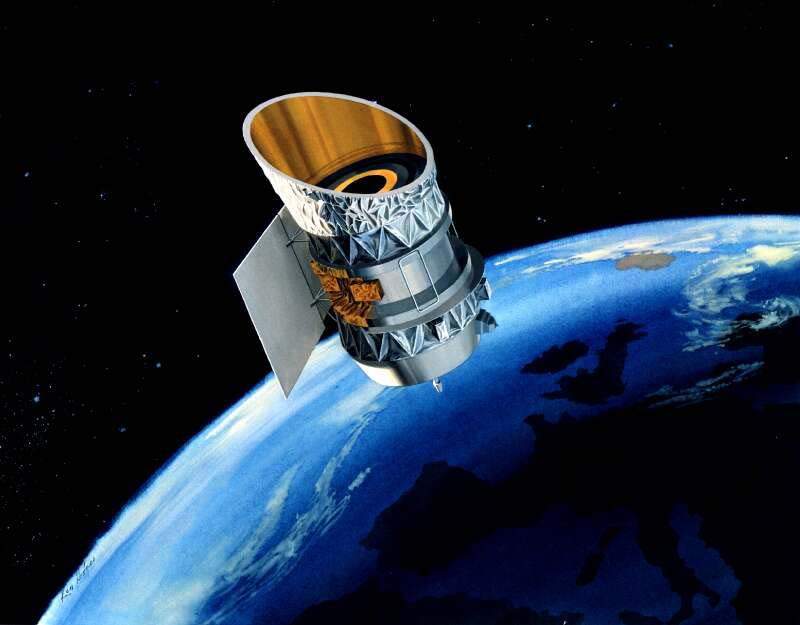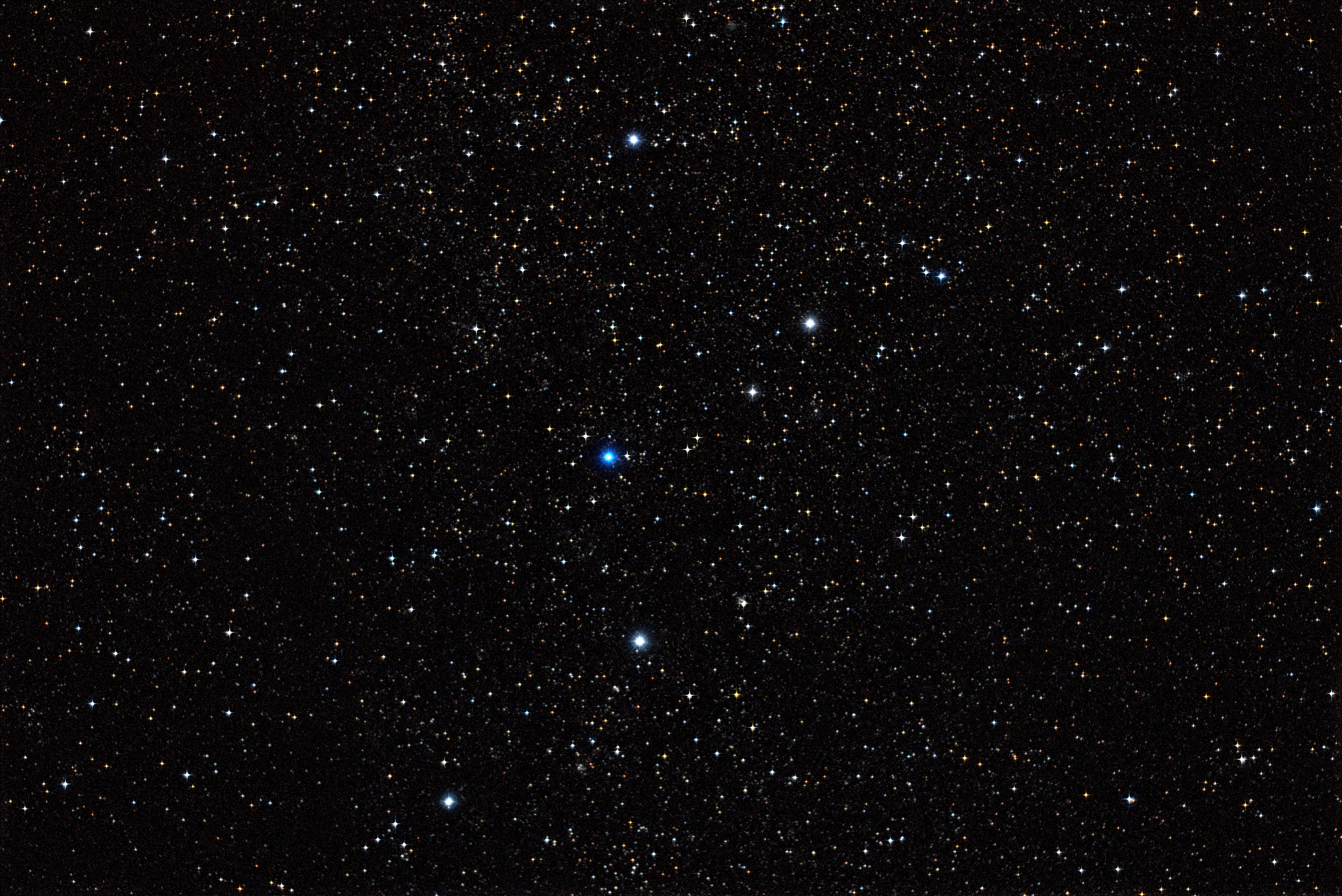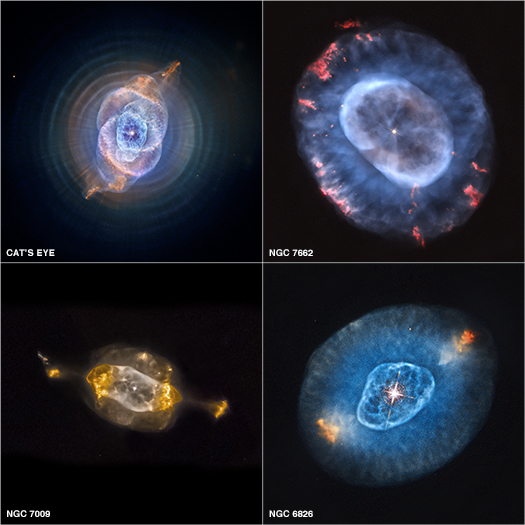|
IC 289
IC 289 is a planetary nebula in the constellation Cassiopeia (constellation), Cassiopeia. It was discovered by Lewis Swift in early September 1888. It lies close to the 10th magnitude star BD +60° 0631. N.J. Martin described IC 289 as "A nice, faint round planet like planetary nebula. The uniform oval disc shows some irregularity in brightness but is not obviously brighter at the edge." The central star of the planetary nebula is an O-type star with a spectral type of O(H). References External links * * http://www.noao.edu/outreach/aop/observers/ic289.html Planetary nebulae IC objects, 0289 Cassiopeia (constellation) Astronomical objects discovered in 1888, 188809?? {{nebula-stub ... [...More Info...] [...Related Items...] OR: [Wikipedia] [Google] [Baidu] |
IRAS
The Infrared Astronomical Satellite (Dutch language, Dutch: ''Infrarood Astronomische Satelliet'') (IRAS) was the first space telescope to perform a astronomical survey, survey of the entire night sky at infrared wavelengths. Launched on 25 January 1983, its mission lasted ten months. The telescope was a joint project of the United States (NASA), the Netherlands (Netherlands Agency for Aerospace Programmes, NIVR), and the United Kingdom (Science and Engineering Research Council, SERC). Over 250,000 infrared sources were observed at 12, 25, 60, and 100 micrometer wavelengths. Support for the processing and analysis of data from IRAS was contributed from the Infrared Processing and Analysis Center at the California Institute of Technology. Currently, the Infrared Science Archive at IPAC holds the IRAS archive. The success of IRAS led to interest in the 1985 STS-51-F, Infrared Telescope (IRT) mission on the Space Shuttle, and the planned Shuttle Infrared Telescope Facility whi ... [...More Info...] [...Related Items...] OR: [Wikipedia] [Google] [Baidu] |
2MASS
The Two Micron All-Sky Survey, or 2MASS, was an astronomical survey of the whole sky in infrared light. It took place between 1997 and 2001, in two different locations: at the U.S. Fred Lawrence Whipple Observatory on Mount Hopkins, Arizona, and at the Cerro Tololo Inter-American Observatory in Chile, each using a 1.3-meter telescope for the Northern and Southern Hemisphere, respectively. It was conducted in the short-wavelength infrared at three distinct frequency bands ( J, H, and K) near 2 micrometres, from which the photometric survey with its HgCdTe detectors derives its name. 2MASS produced an astronomical catalog with over 300 million observed objects, including minor planets of the Solar System, brown dwarfs, low-mass stars, nebulae, star clusters and galaxies. In addition, 1 million objects were cataloged in the ''2MASS Extended Source Catalog'' (''2MASX''). The cataloged objects are designated with a "2MASS" and "2MASX"-prefix respectively. Catalog The fina ... [...More Info...] [...Related Items...] OR: [Wikipedia] [Google] [Baidu] |
Planetary Nebula
A planetary nebula is a type of emission nebula consisting of an expanding, glowing shell of ionized gas ejected from red giant stars late in their lives. The term "planetary nebula" is a misnomer because they are unrelated to planets. The term originates from the planet-like round shape of these nebulae observed by astronomers through early telescopes. The first usage may have occurred during the 1780s with the English astronomer William Herschel who described these nebulae as resembling planets; however, as early as January 1779, the French astronomer Antoine Darquier de Pellepoix described in his observations of the Ring Nebula, "very dim but perfectly outlined; it is as large as Jupiter and resembles a fading planet". Though the modern interpretation is different, the old term is still used. All planetary nebulae form at the end of the life of a star of intermediate mass, about 1-8 solar masses. It is expected that the Sun will form a planetary nebula at the end of i ... [...More Info...] [...Related Items...] OR: [Wikipedia] [Google] [Baidu] |
Cassiopeia (constellation)
Cassiopeia () is a constellation and Asterism (astronomy), asterism in the northern sky named after the vain queen Cassiopeia (mother of Andromeda), Cassiopeia, mother of Andromeda (mythology), Andromeda, in Greek mythology, who boasted about her unrivaled beauty. Cassiopeia was one of the 48 constellations listed by the 2nd-century Greek astronomer Ptolemy, and it remains one of the 88 modern constellations today. It is easily recognizable due to its distinctive 'W' shape, formed by five bright stars. Cassiopeia is located in the northern sky and from latitudes above 34th parallel north, 34°N it is visible year-round. In the (sub)tropics it can be seen at its clearest from September to early November, and at low southern, tropical, latitudes of less than 25th parallel south, 25°S it can be seen, seasonally, low in the North. At magnitude 2.2, Alpha Cassiopeiae, or Schedar, is the brightest star in Cassiopeia. The constellation hosts some of the most luminous stars known, inclu ... [...More Info...] [...Related Items...] OR: [Wikipedia] [Google] [Baidu] |
Lewis Swift
Lewis A. Swift (February 29, 1820 – January 5, 1913) was an American astronomer who discovered 13 comets and 1,248 previously uncatalogued nebulae. Only William Herschel discovered more nebulae visually. Discoveries Swift discovered or co-discovered a number of comets, including periodic comets 11P/Tempel-Swift-LINEAR, 64P/Swift-Gehrels, and 109P/Swift-Tuttle (parent body of the Perseids meteor shower). He also discovered comets C/1877 G2, C/1878 N1, C/1879 M1, C/1881 J1, C/1881 W1, C/1892 E1, D/1895 Q1 (also known as D/Swift, whose debris stream Mariner 4 probably encountered on September 15, 1967), C/1896 G1 and C/1899 E1, and co-discovered C/1883 D1 (Brooks-Swift). Note, however, comet 54P/de Vico-Swift-NEAT was discovered by his son Edward D. Swift rather than by him. He discovered his last comet at the age of 79. He was one of the few people to see Comet Halley at two of its appearances, 76 years apart (see also: External Link). In 1878 he believed he had observed two Vulc ... [...More Info...] [...Related Items...] OR: [Wikipedia] [Google] [Baidu] |
O-type Star
An O-type star is a hot, blue star of spectral type O in the Yerkes classification system employed by astronomers. They have surface temperatures in excess of 30,000 kelvins (K). Stars of this type have strong absorption lines of ionised helium, strong lines of other ionised elements, and hydrogen and neutral helium lines weaker than spectral type B. Stars of this type are very rare, but because they are very bright, they can be seen at great distances; out of the 90 brightest stars as seen from Earth, 4 are type O. Due to their high mass, O-type stars end their lives rather quickly in violent supernova explosions, resulting in black holes or neutron stars. Most of these stars are young massive main sequence, giant, or supergiant stars, but also some central stars of planetary nebulae, old low-mass stars near the end of their lives, which typically have O-like spectra. O-type stars are typically found in regions of active star formation, such as the s ... [...More Info...] [...Related Items...] OR: [Wikipedia] [Google] [Baidu] |
Spectral Type
In astronomy, stellar classification is the classification of stars based on their spectral characteristics. Electromagnetic radiation from the star is analyzed by splitting it with a prism or diffraction grating into a spectrum exhibiting the rainbow of colors interspersed with spectral lines. Each line indicates a particular chemical element or molecule, with the line strength indicating the abundance of that element. The strengths of the different spectral lines vary mainly due to the temperature of the photosphere, although in some cases there are true abundance differences. The ''spectral class'' of a star is a short code primarily summarizing the ionization state, giving an objective measure of the photosphere's temperature. Most stars are currently classified under the Morgan–Keenan (MK) system using the letters ''O'', ''B'', ''A'', ''F'', ''G'', ''K'', and ''M'', a sequence from the hottest (''O'' type) to the coolest (''M'' type). Each letter class is then subdivided ... [...More Info...] [...Related Items...] OR: [Wikipedia] [Google] [Baidu] |
Planetary Nebulae
A planetary nebula is a type of emission nebula consisting of an expanding, glowing shell of ionization, ionized gas ejected from red giant stars late in their lives. The term "planetary nebula" is a misnomer because they are unrelated to planets. The term originates from the planet-like round shape of these nebulae observed by astronomers through early telescopes. The first usage may have occurred during the 1780s with the English astronomer William Herschel who described these nebulae as resembling planets; however, as early as January 1779, the French astronomer Antoine Darquier de Pellepoix described in his observations of the Ring Nebula, "very dim but perfectly outlined; it is as large as Jupiter and resembles a fading planet". Though the modern interpretation is different, the old term is still used. All planetary nebulae form at the end of the life of a star of intermediate mass, about 1-8 solar masses. It is expected that the Sun will form a planetary nebula at the e ... [...More Info...] [...Related Items...] OR: [Wikipedia] [Google] [Baidu] |
IC Objects
The ''New General Catalogue of Nebulae and Clusters of Stars'' (abbreviated NGC) is an astronomical catalogue of deep-sky objects compiled by John Louis Emil Dreyer in 1888. The NGC contains 7,840 objects, including galaxies, star clusters and emission nebulae. Dreyer published two supplements to the NGC in 1895 and 1908, known as the ''Index Catalogues'' (abbreviated IC), describing a further 5,386 astronomical objects. Thousands of these objects are best known by their NGC or IC numbers, which remain in widespread use. The NGC expanded and consolidated the cataloguing work of William and Caroline Herschel, and John Herschel's ''General Catalogue of Nebulae and Clusters of Stars''. Objects south of the celestial equator are catalogued somewhat less thoroughly, but many were included based on observation by John Herschel or James Dunlop. The NGC contained multiple errors, but attempts to eliminate them were made by the ''Revised New General Catalogue'' (RNGC) by Jack W. Sulenti ... [...More Info...] [...Related Items...] OR: [Wikipedia] [Google] [Baidu] |






